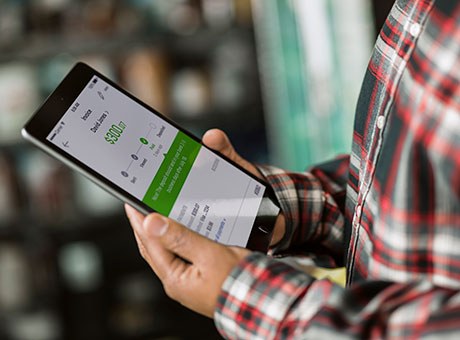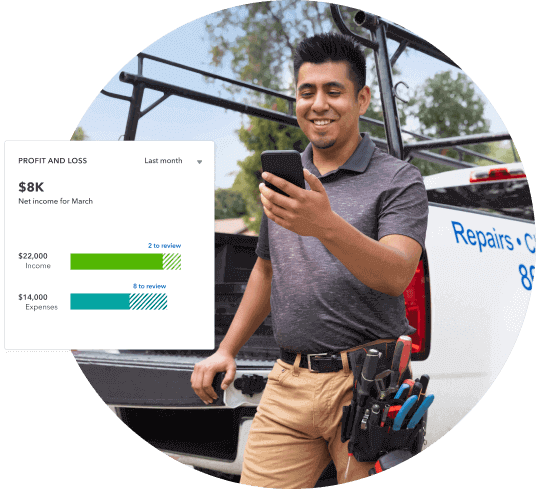When you run a small business, cost behaviour impacts how you price your products due to changes in sales volume or production. When your sales volume and production stay stable, this means your cost behaviour remains in a relevant range, a term that refers to expense and revenue patterns that remain right where you expect them to stay.
Cost behaviours break down into four expense classifications: variable, fixed, step, and mixed costs. Though you can use these classifications to analyze cost behaviours internally for any business, they work particularly well when you operate a business that manufactures products for resale, as they help you factor in behind-the-scenes costs that affect your bottom line.




